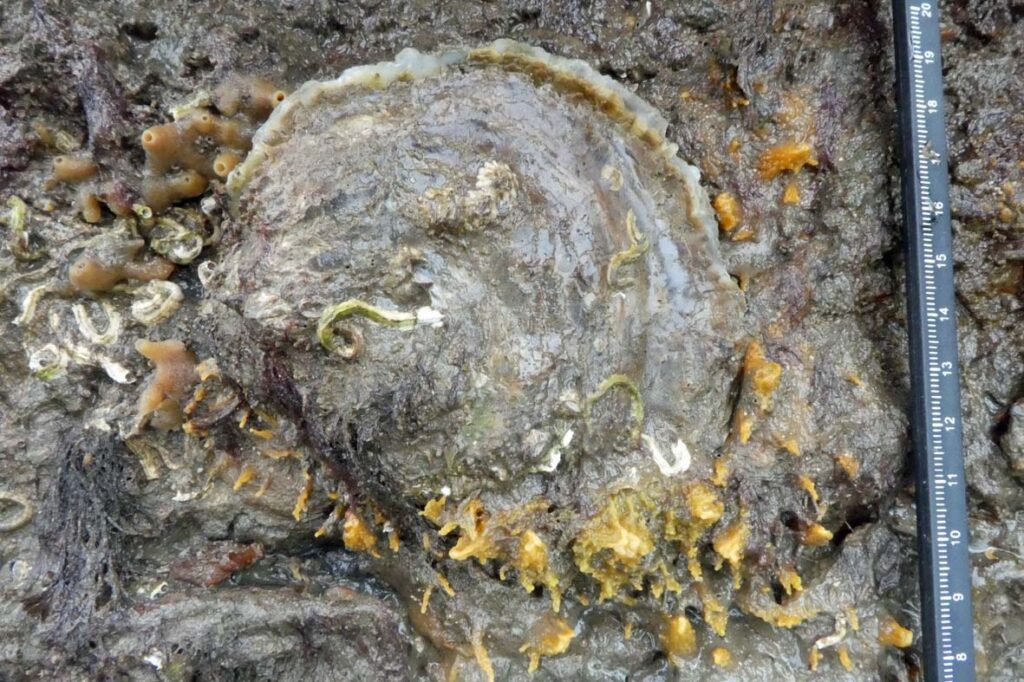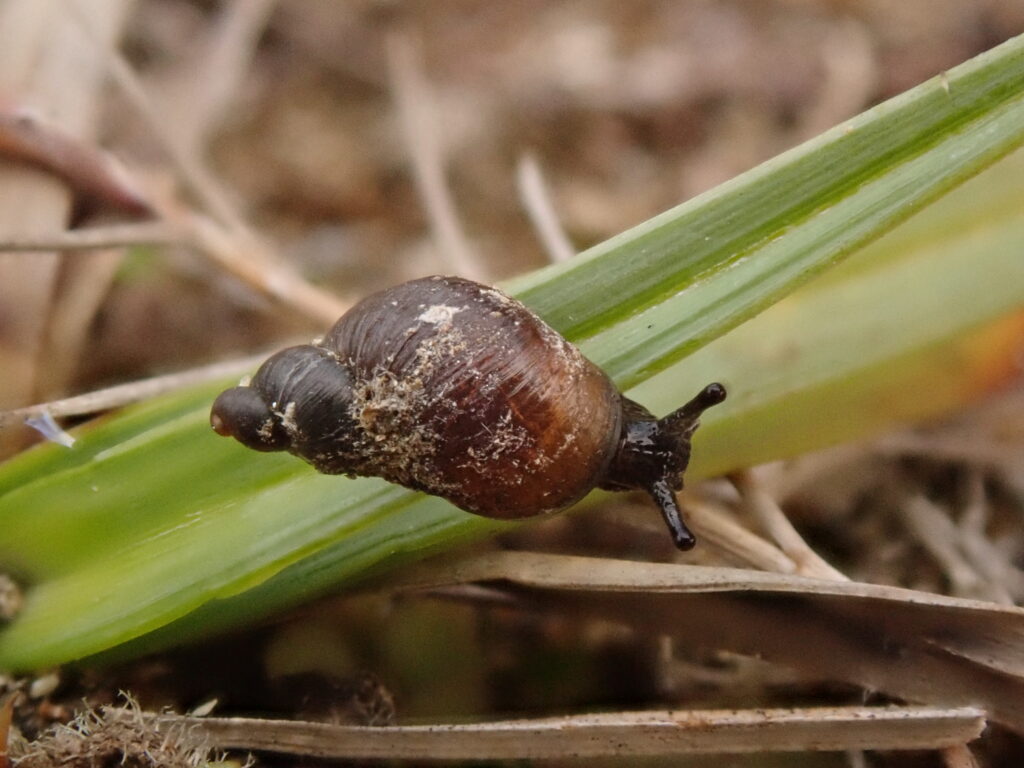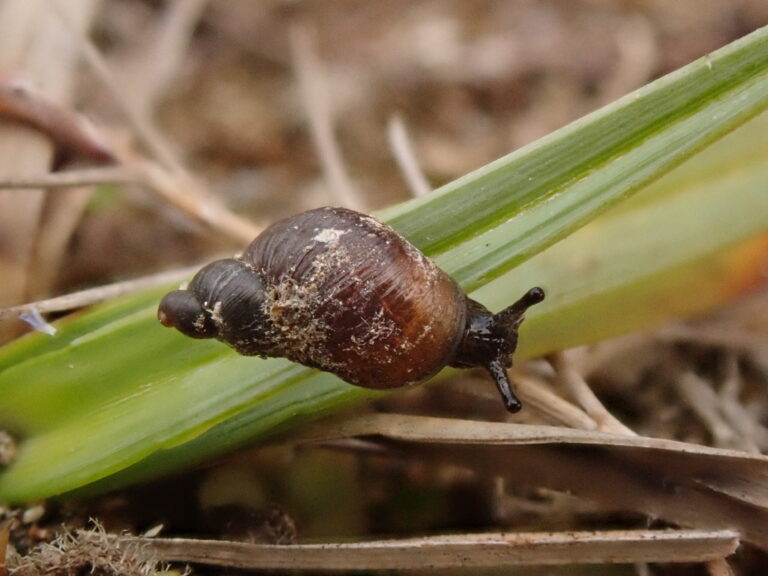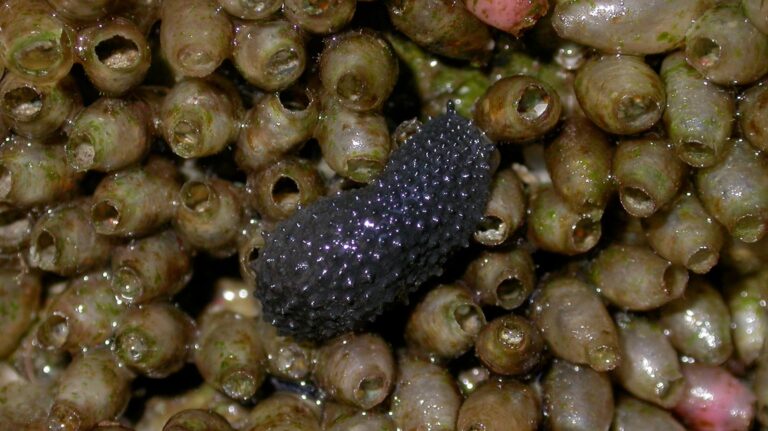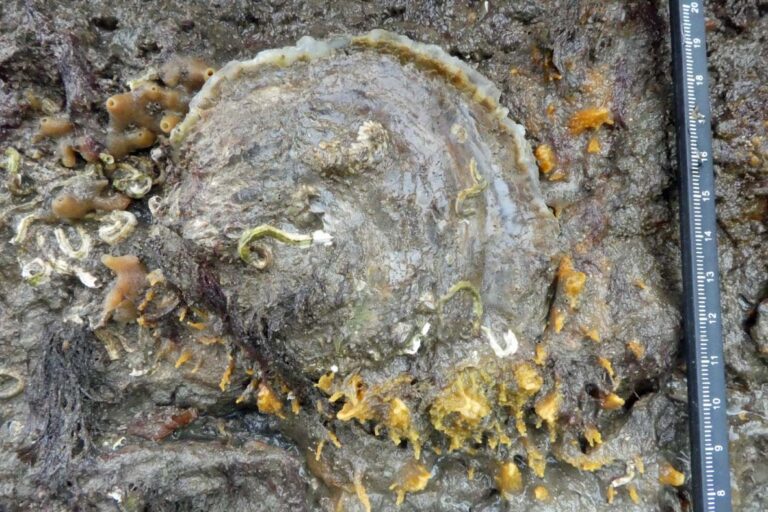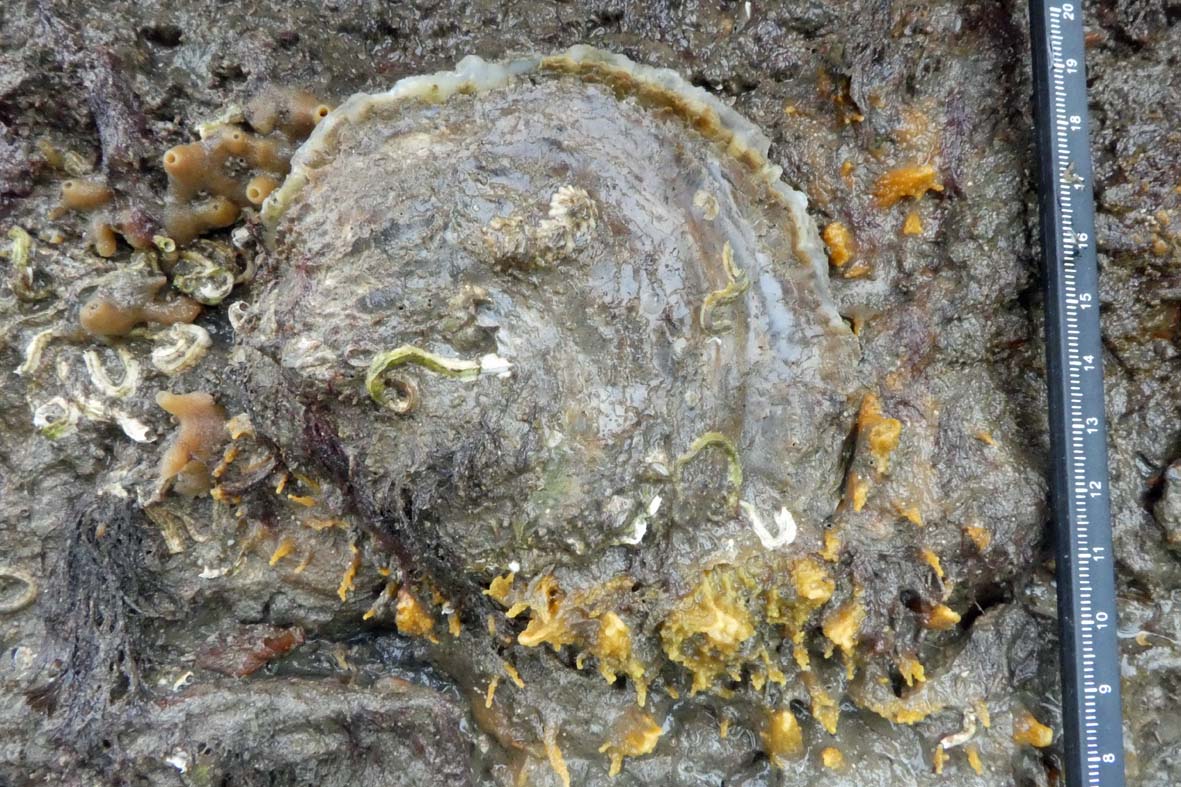To add (explain molluscs – including other Devon Species of Conservation Concern and more common species – filter feeding – water purification benefits – lack of awareness and appreciation etc).
Species in this group vary hugely and so pressures and opportunities are discussed for each Focus Species and in the relevant habitat pages.

